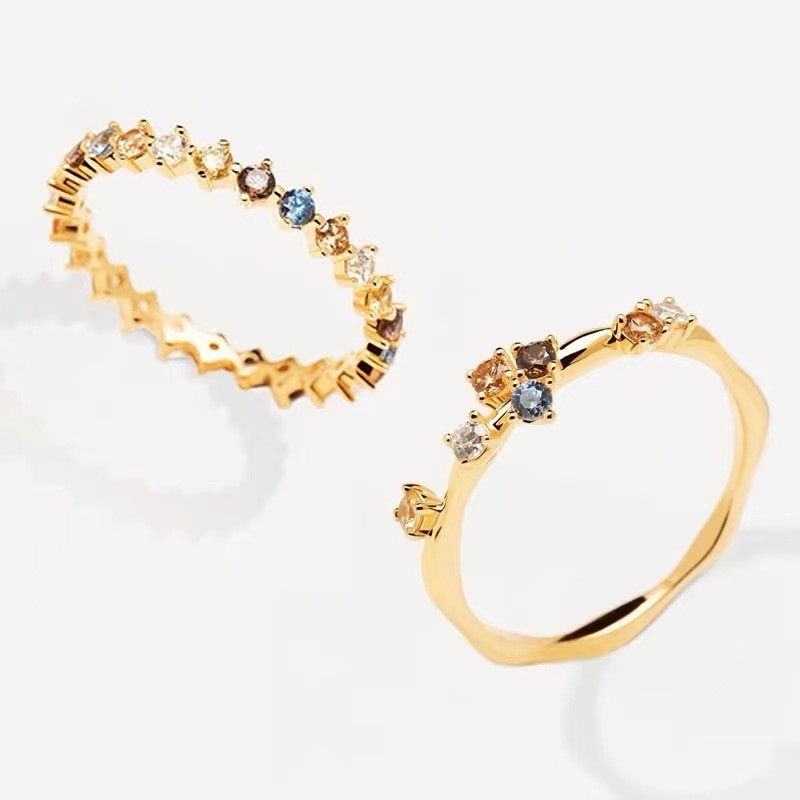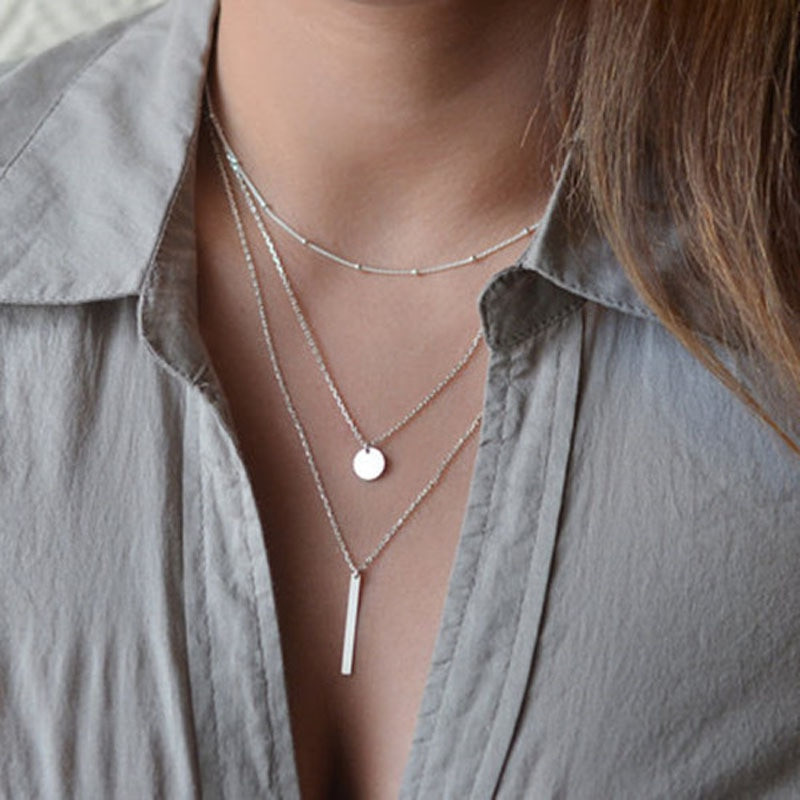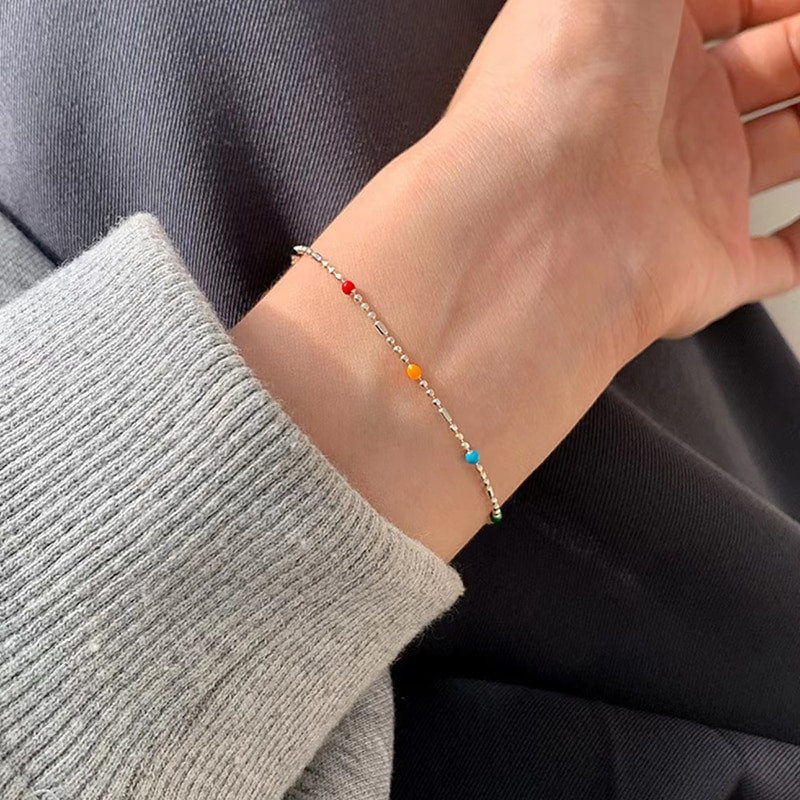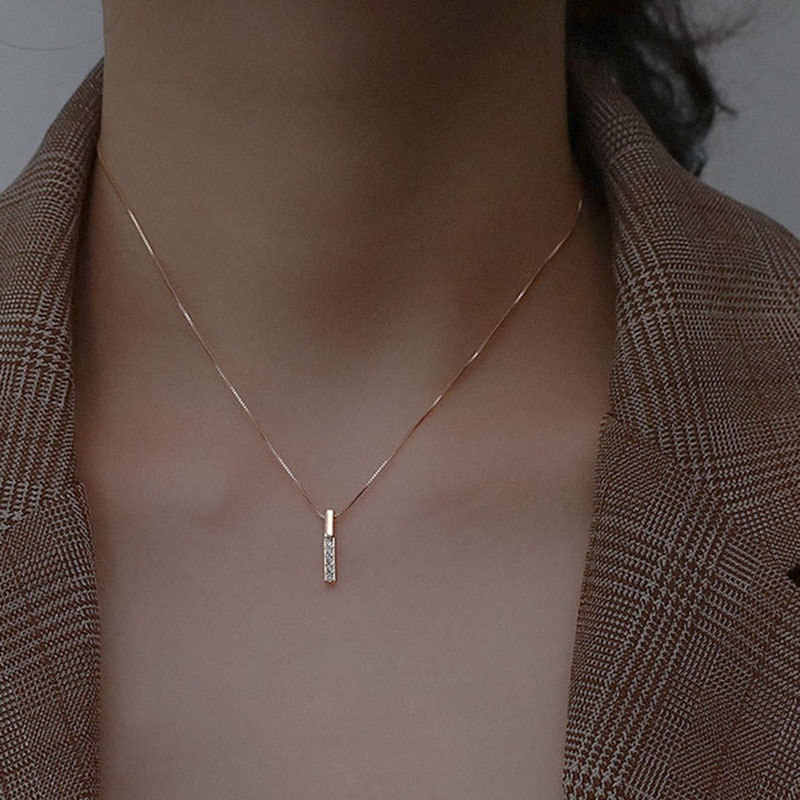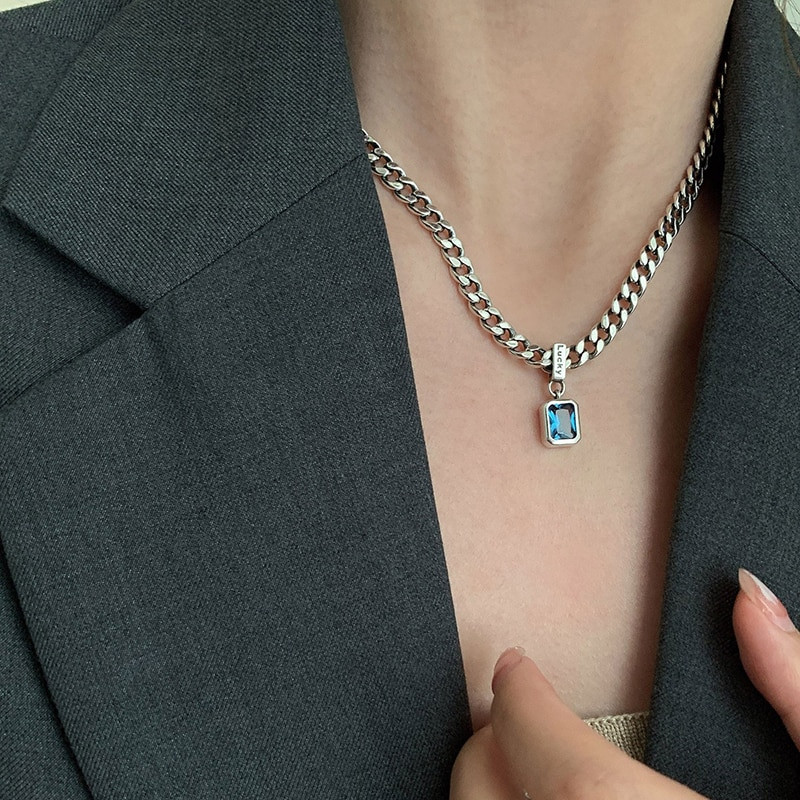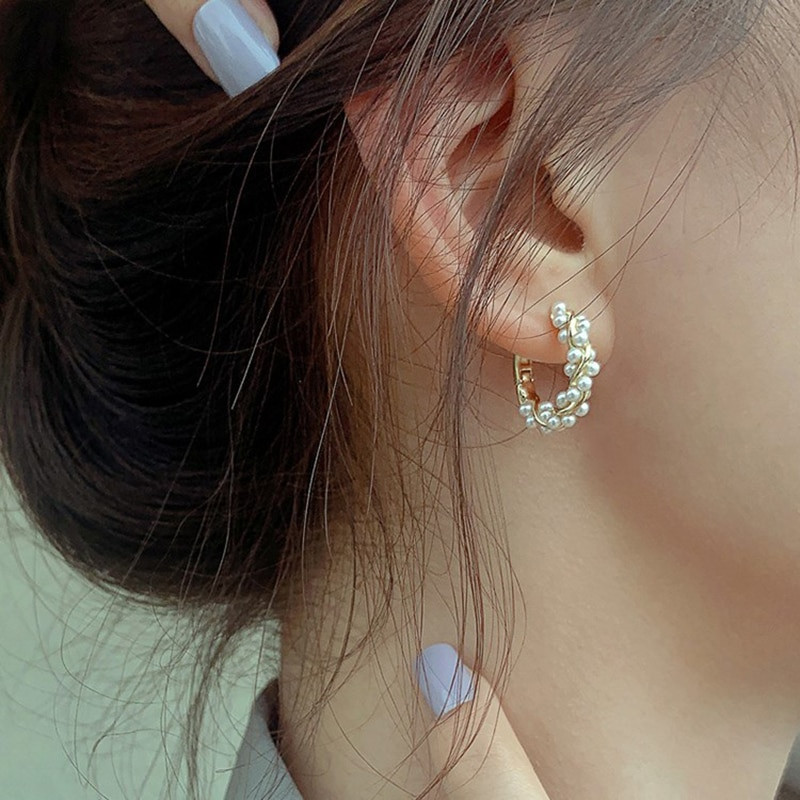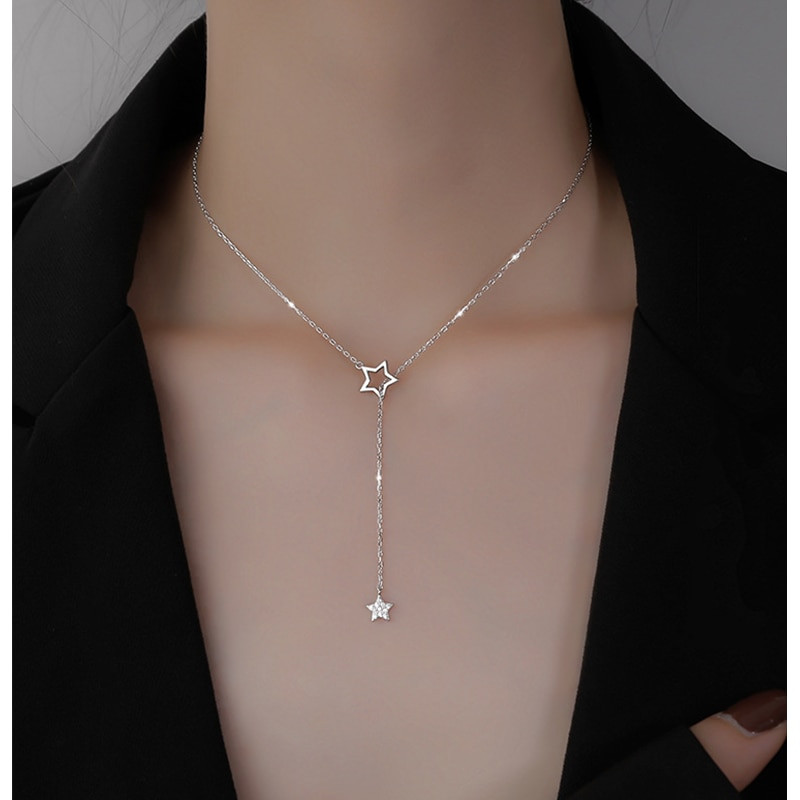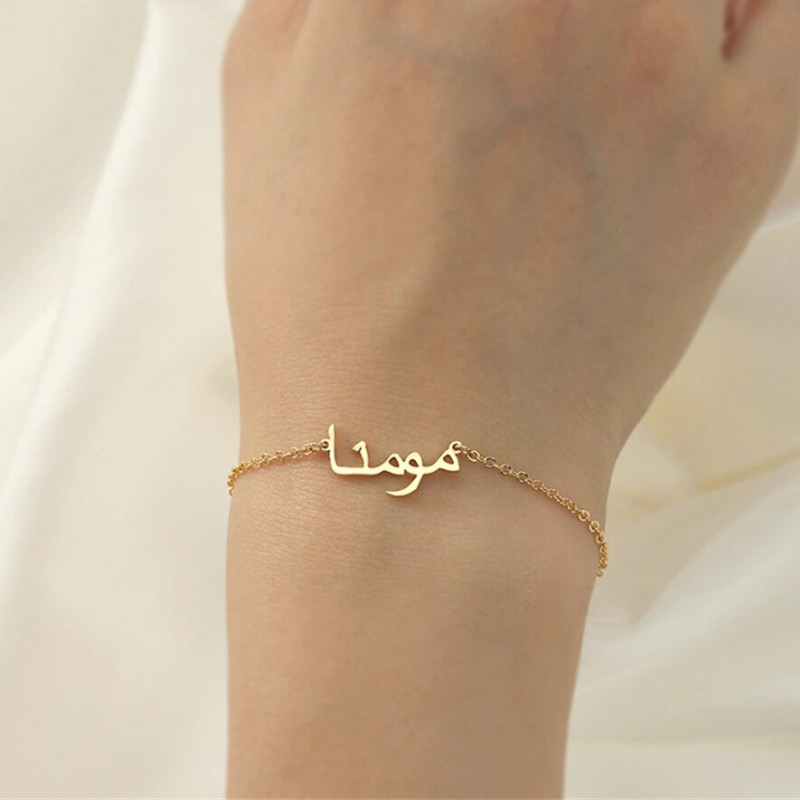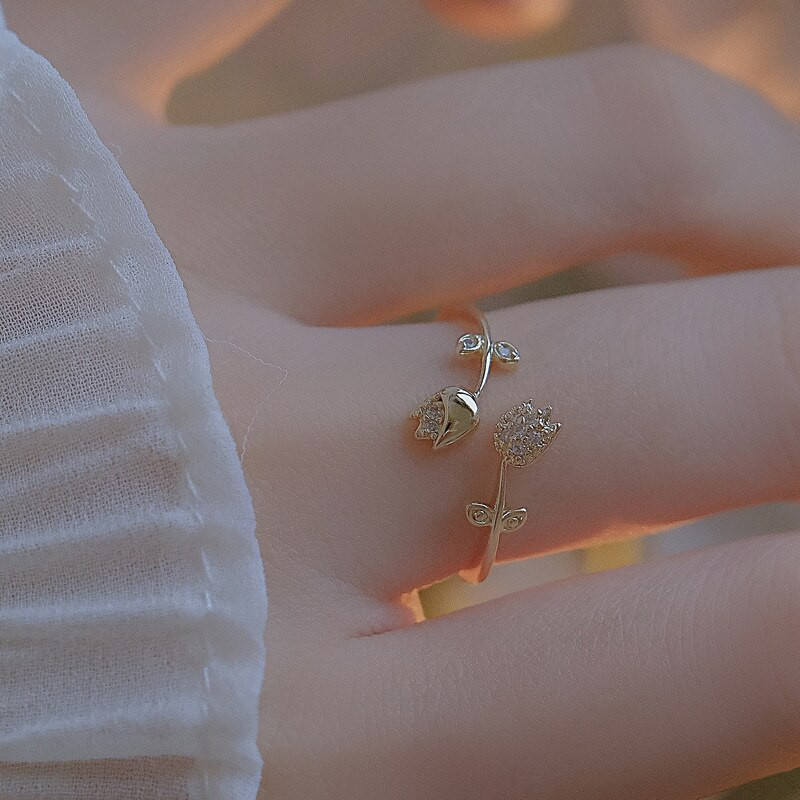Cartilage Piercings: Complete Tips and Advice
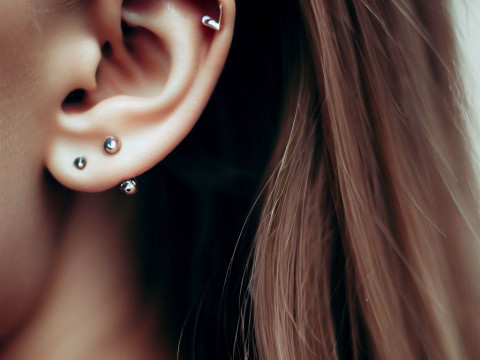
Cartilage piercings have become increasingly popular in recent years as people seek unique and stylish ways to express themselves. Unlike traditional earlobe piercings, cartilage piercings involve puncturing the cartilage of the outer ear. This article will provide you with all the essential tips and advice you need to know before getting a cartilage piercing. From the different types of cartilage piercings to aftercare and potential risks, we'll cover it all.
Introduction
Piercings have been a form of self-expression for centuries, and cartilage piercings have become a popular choice for those looking to make a statement. The cartilage is the firm, flexible tissue that gives the ear its shape and structure. When you opt for a cartilage piercing, a small hole is made through this tissue, allowing you to adorn your ear with unique jewelry.
What Are Cartilage Piercings?
Cartilage piercings are a type of body modification that involves puncturing the cartilage of the outer ear. Unlike earlobe piercings, which only go through the soft flesh of the earlobe, cartilage piercings require a skilled piercer to navigate through the tougher and less flexible cartilage tissue. This makes cartilage piercings slightly more complex and potentially more challenging to heal compared to earlobe piercings.
Types of Cartilage Piercings
There are several types of cartilage piercings available, each offering a distinct look and style. Here are some of the most popular options:
Helix Piercing
The helix piercing is one of the most common cartilage piercings. It involves perforating the upper part of the ear's cartilage, creating a stylish and versatile location for jewelry placement.
Forward Helix Piercing
Similar to the helix piercing, the forward helix piercing is positioned on the front side of the upper ear, closer to the head. This placement allows for unique combinations of earrings and can create an eye-catching look.
Tragus Piercing
The tragus piercing, situated on the small piece of cartilage just in front of the ear canal, has gained significant popularity. Its unique placement and versatility in accommodating various jewelry styles make it a fashionable choice for self-expression and personalization.
Daith Piercing
The daith piercing is situated in the innermost fold of the ear cartilage. It has gained attention not only for its aesthetic appeal but also for its association with potential migraine relief, although scientific evidence supporting this claim is limited.
Rook Piercing
The rook piercing is placed on the antihelix, a ridge of cartilage between the inner and outer conch of the ear. This piercing adds a touch of uniqueness and can be adorned with different types of jewelry, such as rings or curved barbells.
Industrial Piercing
The industrial piercing, also known as a scaffold piercing, involves two holes connected by a straight barbell. It typically passes through the upper cartilage of the ear, creating an edgy and distinctive look.
Conch Piercing
The conch piercing can be done on either the inner or outer conch, which refers to the large, cup-shaped area of cartilage in the middle of the ear. This type of piercing offers a wide range of jewelry options, from small studs to hoops and cuffs.
Snug Piercing
The snug piercing is placed in the inner cartilage ridge parallel to the outer rim of the ear. Its unique position creates a bold and stylish statement when adorned with jewelry.
Choosing the Right Piercing Studio
Before getting a cartilage piercing, it's crucial to choose a reputable and professional piercing studio. Here are some essential factors to consider:
Research and Reviews: Look for studios with positive reviews and recommendations from previous clients. Check their online presence and social media platforms to gauge their professionalism and expertise.
Cleanliness and Sterilization: Ensure that the studio follows strict cleanliness and sterilization protocols. The piercer should use sterile equipment and adhere to proper hygiene practices.
Professional Piercers: Verify that the studio employs experienced and certified piercers who have the necessary knowledge and skills to perform cartilage piercings safely.
Portfolio and Specializations: Review the studio's portfolio to see examples of their previous work. Some studios specialize in specific types of piercings, so ensure they have expertise in cartilage piercings.
Preparation and Aftercare
Proper preparation and aftercare are crucial for the successful healing of cartilage piercings. Follow these tips to ensure a smooth process:
Researching a Professional Piercer
Take the time to find a professional piercer with expertise in cartilage piercings. Schedule a consultation appointment to discuss your desired piercing and address any questions or concerns you may have.
Choosing the Jewelry
Selecting the right jewelry is vital for both aesthetics and healing. Opt for high-quality materials such as surgical-grade stainless steel, titanium, or gold. Avoid nickel or other materials that can cause allergies or complications.
Cleaning and Aftercare Tips
To keep your cartilage piercing clean and promote healing, follow these aftercare guidelines:
Cleanse the piercing twice a day with a saline solution or a mild, fragrance-free cleanser recommended by your piercer.
Avoid touching the piercing with dirty hands and minimize contact with hair products, makeup, or other irritants.
Be cautious when sleeping to avoid putting pressure on the piercing. Consider using a travel pillow or sleeping on your back to reduce discomfort.
Avoid swimming in pools, hot tubs, or natural bodies of water until the piercing is fully healed to prevent infection.
Stay consistent with aftercare routines and follow any additional instructions provided by your piercer.
Healing Process and Potential Risks
The healing process of cartilage piercings can be lengthier compared to earlobe piercings due to the denser cartilage tissue. Healing times can vary from several months to a year or more. During the healing process, it's important to be aware of potential risks and complications. Here are some factors to consider:
Infection: Cartilage piercings are more prone to infection due to their location and the longer healing time. It's crucial to keep the piercing clean and follow proper aftercare guidelines to minimize the risk of infection.
Keloids and Hypertrophic Scarring: Some individuals may be prone to developing keloids or hypertrophic scars, which are raised, thickened scars. If you have a history of keloids or hypertrophic scarring, consult with a professional piercer before getting a cartilage piercing.
Migration and Rejection: Cartilage piercings may be more susceptible to migration and rejection, where the body pushes the jewelry out of the piercing. This can occur due to improper placement, poor aftercare, or individual anatomy. If you notice signs of migration or rejection, seek advice from your piercer.
Pain and Discomfort: Cartilage piercings can be more painful than earlobe piercings due to the denser tissue. However, pain tolerance varies among individuals. Expect some discomfort during and after the piercing process, but it should gradually subside with proper care.
Common Myths and Misconceptions
There are several myths and misconceptions surrounding cartilage piercings. Let's debunk some of the most common ones:
"Cartilage piercings are extremely painful." While cartilage piercings can be more painful than earlobe piercings, the level of pain varies among individuals. The pain is typically brief and manageable, and many people find the end result worth it.
"Cartilage piercings take longer to heal." While it's true that cartilage piercings generally have a longer healing time compared to earlobe piercings, proper aftercare can significantly improve the healing process. Following the recommended guidelines and taking care of your piercing can promote efficient healing.
"Cartilage piercings are more prone to infections." Cartilage piercings are not inherently more prone to infections. However, the location and longer healing time make them more susceptible if proper hygiene and aftercare are not followed. With diligent cleaning and care, the risk of infection can be minimized.
Conclusion
Cartilage piercings offer a unique and stylish way to express yourself, but they require proper care and attention. By choosing a reputable piercing studio, conducting thorough research, and following aftercare guidelines, you can increase the chances of a successful healing process.
Remember, cartilage piercings may take longer to heal compared to earlobe piercings, and there are potential risks such as infection, migration, and discomfort. However, with patience, dedication to aftercare, and regular check-ups with your piercer, you can enjoy the beauty and individuality that cartilage piercings bring.
If you're considering getting a cartilage piercing, consult with a professional piercer to discuss your options, ask any questions you may have, and ensure you're fully informed before making a decision.
FAQs
How long does it take for a cartilage piercing to heal? The healing time can vary, but it typically ranges from 6 months to a year or more. Healing times depend on factors such as individual healing abilities, aftercare practices, and the specific piercing location.
Can I change the jewelry in my cartilage piercing before it's fully healed? It's recommended to wait until the piercing is fully healed before changing the jewelry. Prematurely changing the jewelry can disrupt the healing process and increase the risk of complications.
Are cartilage piercings more painful than earlobe piercings? Cartilage piercings can be more painful due to the denser tissue, but pain tolerance varies among individuals. The pain is usually brief and manageable, and most people find it tolerable.
What are the signs of an infected cartilage piercing? Signs of infection include excessive swelling, redness, increased pain, discharge of pus, and a foul odor. If you suspect an infection, consult with a healthcare professional or your piercer promptly.
Can I sleep on my newly pierced cartilage? It's best to avoid sleeping directly on a newly pierced cartilage to prevent discomfort, irritation, and potential complications. If possible, try sleeping on your back or using a travel pillow to reduce pressure on the piercing.
Can I swim in pools or go to the beach with a cartilage piercing? It's best to avoid swimming in pools, hot tubs, or natural bodies of water until your cartilage piercing is fully healed to reduce the risk of infection.
Can I use alcohol or hydrogen peroxide to clean my cartilage piercing? It's not recommended to use alcohol or hydrogen peroxide to clean your cartilage piercing, as they can be too harsh and may delay the healing process. Stick to saline solution or a gentle cleanser recommended by your piercer.
What should I do if my cartilage piercing becomes infected? If you suspect an infection, seek medical advice from a healthcare professional or your piercer. They can provide proper guidance and may recommend a course of action, such as antibiotic treatment.
Can I change the jewelry in my cartilage piercing on my own? It's generally recommended to have a professional piercer change the jewelry for you, especially during the healing process. They have the knowledge and tools to perform the change safely and minimize the risk of complications.
What should I do if my cartilage piercing seems to be migrating or rejecting? If you notice signs of migration or rejection, consult with your piercer. They can assess the situation and provide advice on how to address the issue, which may involve changing the jewelry or adjusting the piercing placement.
Disclaimer: The information in this article is for informational purposes only and should not be considered as medical advice. Consult with a healthcare professional or professional piercer for personalized advice regarding cartilage piercings.

